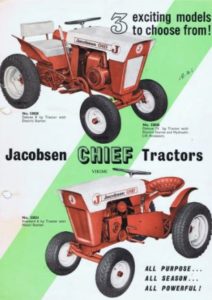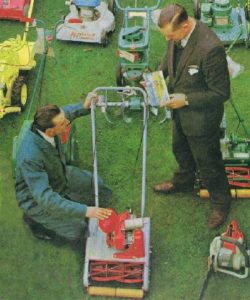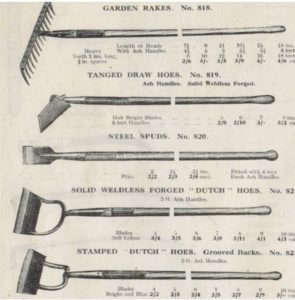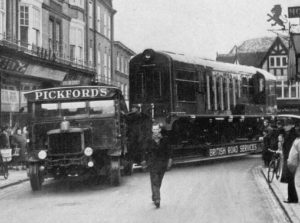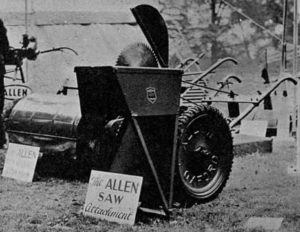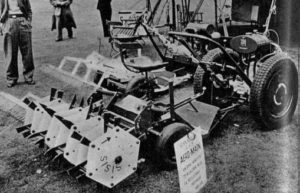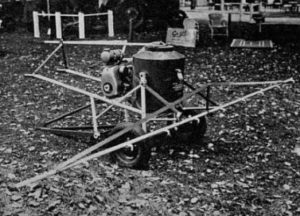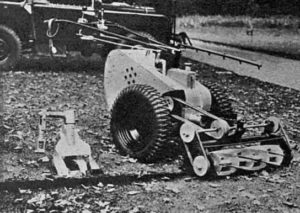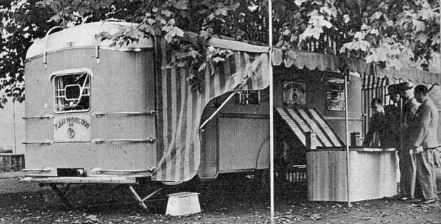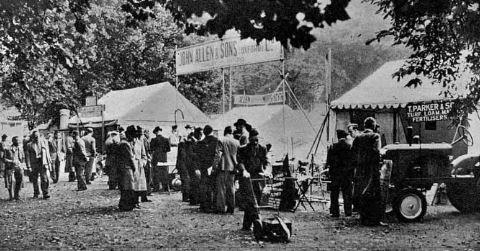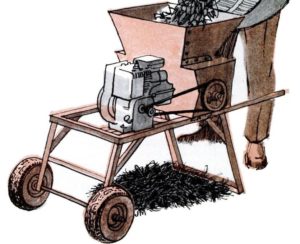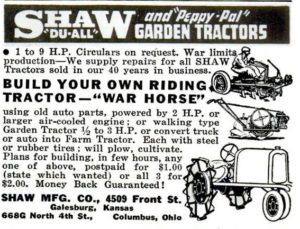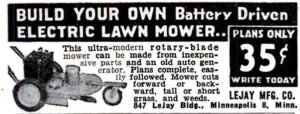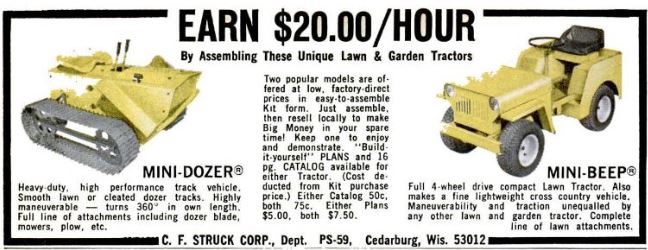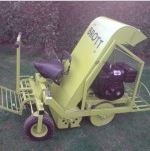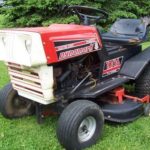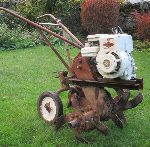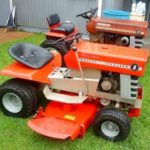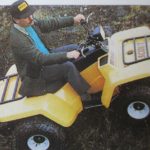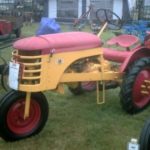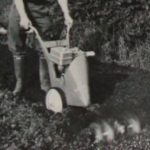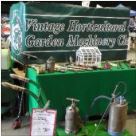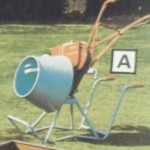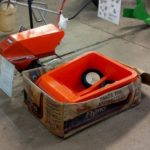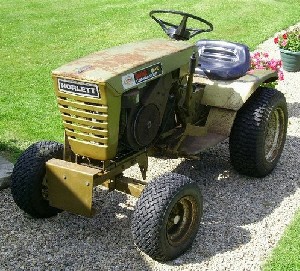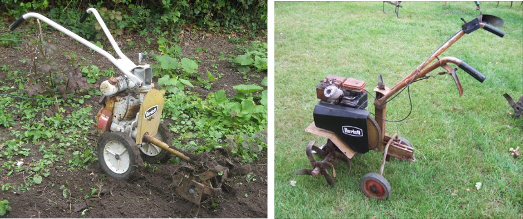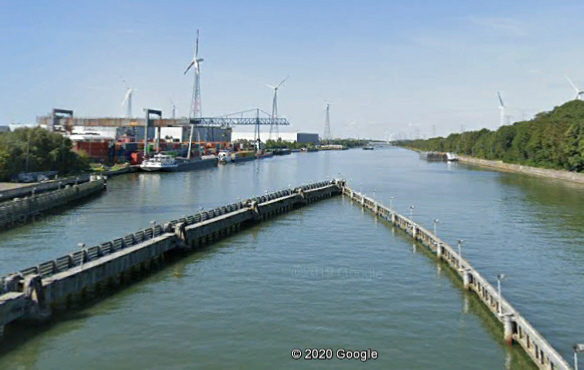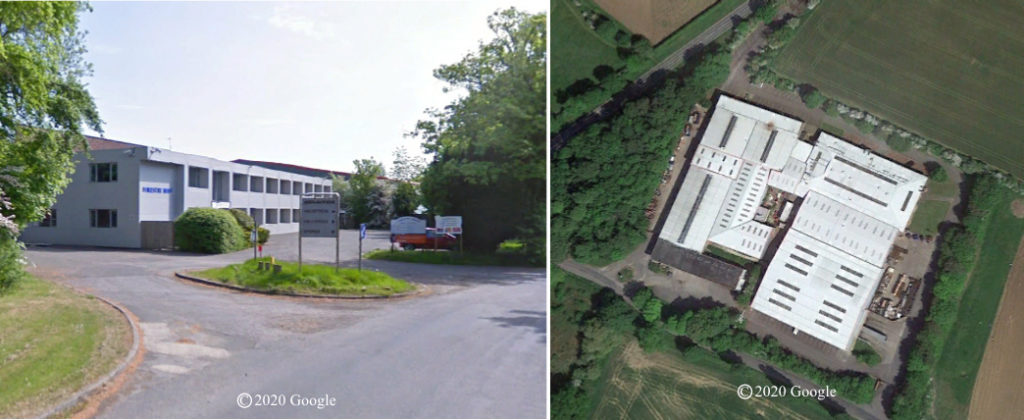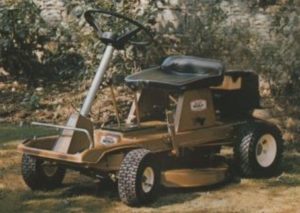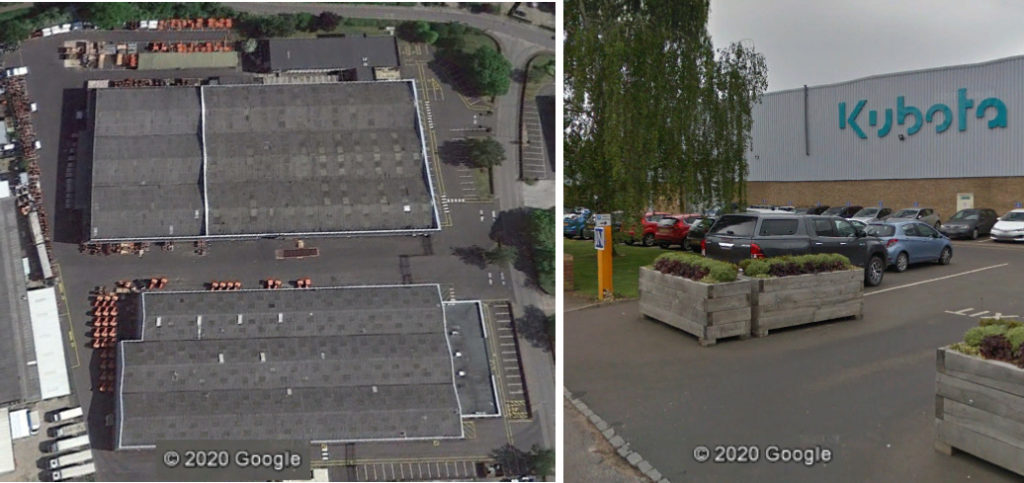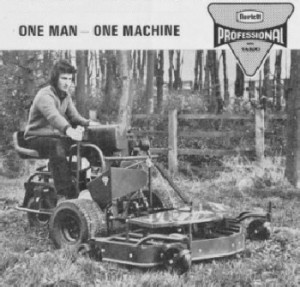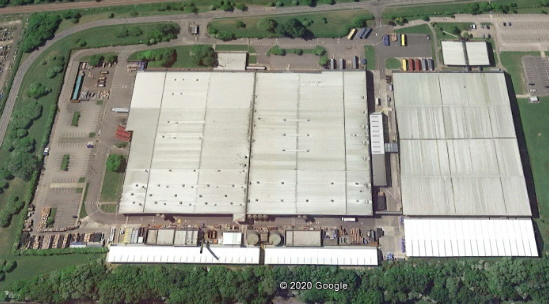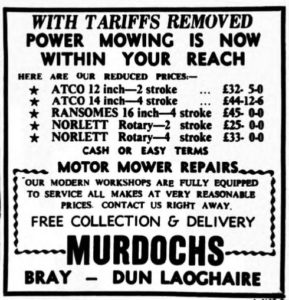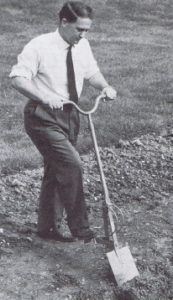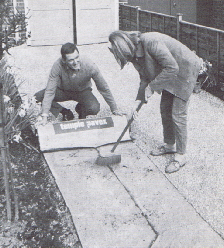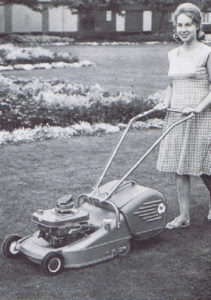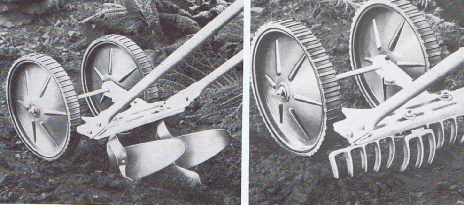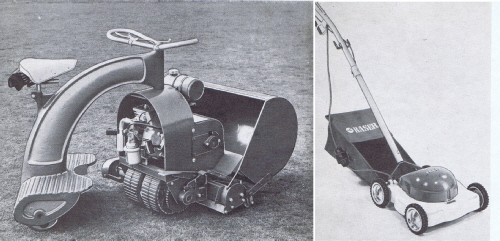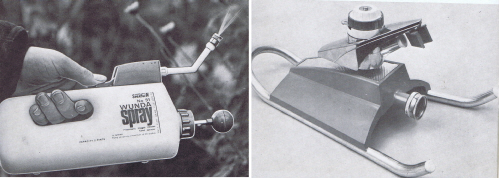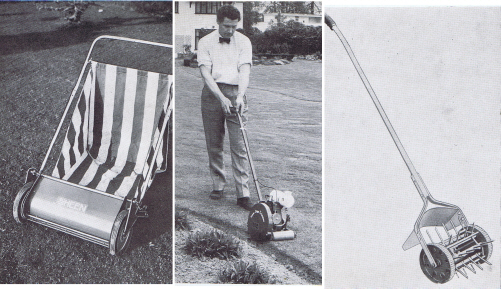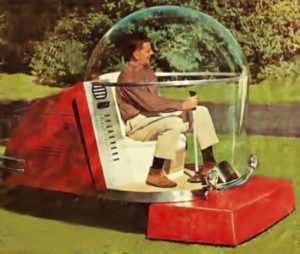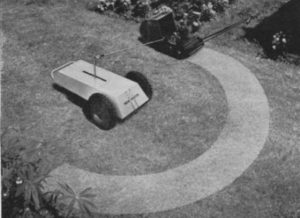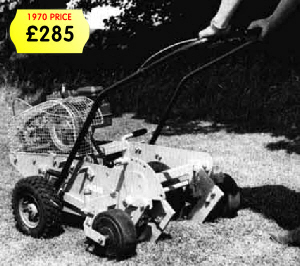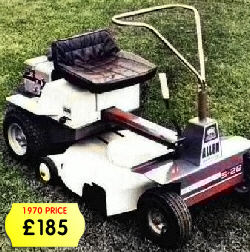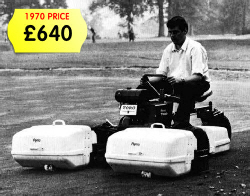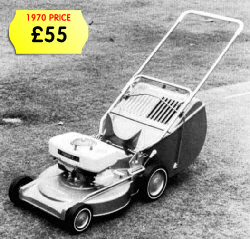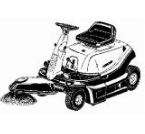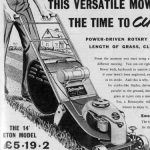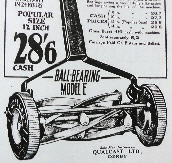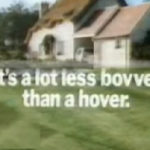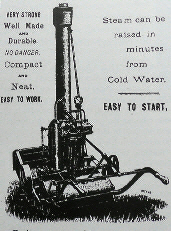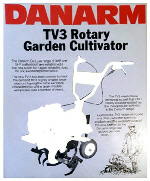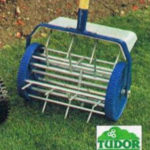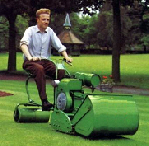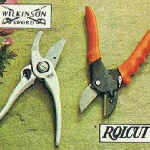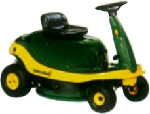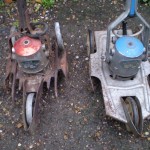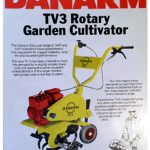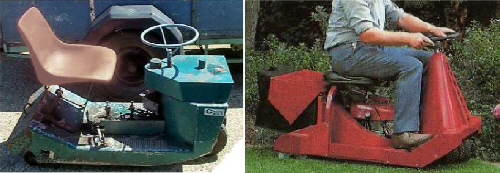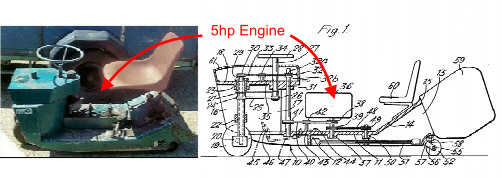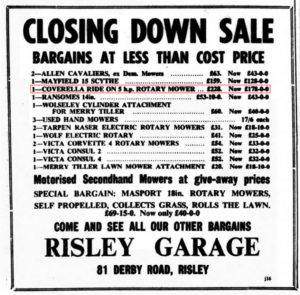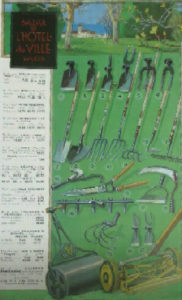12 Christmas Questions 2020
December 18, 2020 in Articles, Club News
Last year’s questions can be found here: 2019 Christmas Questions.
Questions:
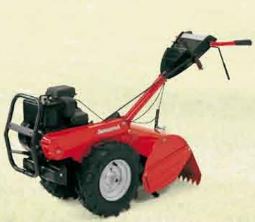
Q1: Jonsered make a range of machines, but nationality was the founder?
A: Scottish
B: American
C: Australian
—————-

Q2: What does the Husqvarna logo represent?
A: Cross section of their first engine crankcase
B: Gun sight viewed from the end of the barrel
C: Their family emblem from Huskvarna, Sweden.
—————–
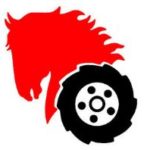
Q3: What was the distinguishing feature of the Wheel Horse B145 tractor?
A: It had electric power steering
B: It was powered by electric
C: It had an electric fork-lift as standard
——————

Q4: AYP in Orangeburg produced products carrying which brand name?
A: Victa
B: Black & Decker
C: Flymo
——————–
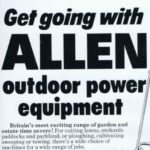
Q5: Allen sold the Gutbrod HB46B mower with what feature?
A: It had telescopic handles to suit all users across Europe
B: It had the largest grass collecting box in Europe
C: It had a flexible yet reinforced nylon cutting blade to withstand damage, an industry first in Europe.
———————-
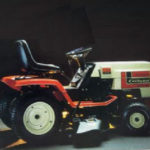
Q6: The Gilson YT11E had an unusual feature, but what?
A: A pin code needed to be typed in on a keypad
B: A button on the steering wheel needed to be held in for five seconds
C: The gear/hydro shift selector had to be in a specific position labelled ‘Stop and Start’
———————
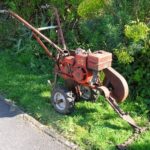
Q7: Was it the Merry Tiller?
A: Howard Gem cultivators
B: Merry Tiller cultivators
C: Honda F80K cultivator
——————–

Q8: Do you remember the Guiness Book of World Records?
8. How many of us can remember getting the Guinness Book of World Records at Christmas? In 1989 a diesel Iseki SG15 ride-on mower was in the Guinness Book of World Records because it had been driven between Harlow and Southend Pier, it’s a 40 mile distance between the two, but why did this feat enable it to be a record breaker?
A: It was driven backwards the entire 40 mile distance in 5 hours and 51 minutes breaking the previous record by 34 minutes for a ride-on-mower in reverse covering that distance
B: It was driven back and forth between the two places until it had racked up 3034 miles
C: It achieved 34 mpg over an uninterupted 40 mile distance making it the most economical ride-on-mower on sale in the UK.
——————–
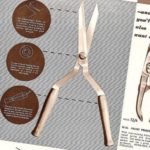
Q9: Who was based in Sheffield and originally started in 1730?
A: Ceka (CK) Tools
B: Spearwell
C: Burgon & Ball
————————-
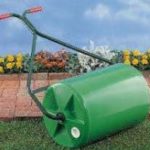
Q10: Which company is associated with the Waterolla?
A: Poly-Gard Products
B: Kirk-Dyson
C: Gardena
————————–

Q11: What AL-KO product from the three would be easiest to get into an Austin Metro car?
A: AL-KO Alkotrac
B: AL-KO Corvet City
C: AL-KO Farmer scythe
————
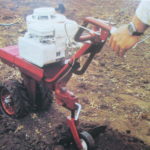
Q12: Who made the M3, M30, Super and Monarch models?
A: Mountfield – retailed under the Mountfield name
B: Morrison – retailed under the Flymo name
C: Murray – retailed under the Hayter name
————
Answers:
1: A: Scottish. Jonsered was founded in 1832 by Scotsman William Gibson. The company moved into making chainsaws in the mid 20th century. Jonsered was sold to Electrolux in 1978.
2: B: The Husqvarna logo is based on the image of a gun sight. The company was originally founded as the Jonkoping Rifle Factory in the 1600’s producing about 1500 musket pipes per year. Later, the company name changed to the Husqvarna Rifle Factory.
3: B: The Wheel Horse B145 was a battery powered tractor sold in the UK as a warehouse tug. It was based on an equivalent battery-powered garden tractor model by Elec-Trak, a company which Wheel Horse had purchased from General Electric.
4: C: Flymo. American Yard Products (AYP) of Orangeburg, South Carolina, produced silver painted ride-on-mowers badge engineered as Flymo from the 1980’s. AYP had company associations with Electrolux and as such produced machines under many of the Electrolux brand names including Flymo, Poulan, Bernard and Sovereign to name a few.
5: B: The Gutbrod HB46B had the largest grassbox in Europe at the time. How well-balanced and easy to push the machine was as the grassbox filled up, particularly with wet UK grass, was perhaps open to scrutiny.
6: A: Pin code on a keypad. The Gilson YT11E tractor in the 1980’s featured the ECAM 2000 Computer Monitoring and Testing setup. This required the user to type in a pin number on a keypad to start the tractor rather than using a key. ECAM 2000 also told the user when to change the oil, check the tractor or battery, alerted the driver when they were in reverse gear and whenever an implement such as mower or tiller was engaged.
7: B: Merry Tiller cultivators were classed as domestic machines and subject to 25% VAT from 1975. Surprisingly, most cultivators were classed as domestic although this did change over time. Initially in 1975 only the Howard Gems, Wolseley Twin-Six cultivator, Iseki K1000 30 and Honda F80K were deemed to be commercial machines and had 8% VAT.
8: B: The Iseki SG15 with hydrostatic drive was driven back and forth for a total of 3034 miles between Harlow and Southend Pier in 1989. This made it the longest lawnmower drive at that date and why it entered the record books.
9: C: Burgon & Ball which still exists in Sheffield has it’s company origins starting in 1730, their name can be found on garden tools being sold in garden centres and online today. By the mid-1800’s Charles Burgon and James Ball are listed as sheep shear manufacturers in Sheffield. Later they are listed as manufacturers of sheep shears, sickles, scythes, knives and garden shears. They registered their invention for “Improvement in the manufacture of sheep shears” in 1869, selling their patent sheep shears worldwide and exhibiting at the Sydney Exhibition in 1880. By 1900 it was an international company, but by the 1920’s the production of garden equipment had outstripped that of sheep shears.
10: B: Kirk-Dyson. In the 1970’s, the Waterolla garden roller which could be filled with water was being sold by Kirk-Dyson. One partner better known as James Dyson of vacuum cleaner fame. There was also the plastic bodied Ballbarrow which has a round football-type wheel and was a design by James Dyson.
11. B: In the early 1980’s the advertised AL-KO Corvet City was a small foldable electric lawnmower that took up little space. The Alkotrac was a lawn tractor and the Farmer scythe was a reasonably sized, pedestrian machine, petrol powered with an out-front scythe attachment. It’s a reasonable assumption that more AL-KO machines have survived than Austin Metros.
12: A: Mountfield made the M3 (mower), M30 (rider mower) and the Super and Monarch cultivators. The Australian company Morrison had associated with Flymo, and also Hayter with Murray.
Did you get them all correct?

